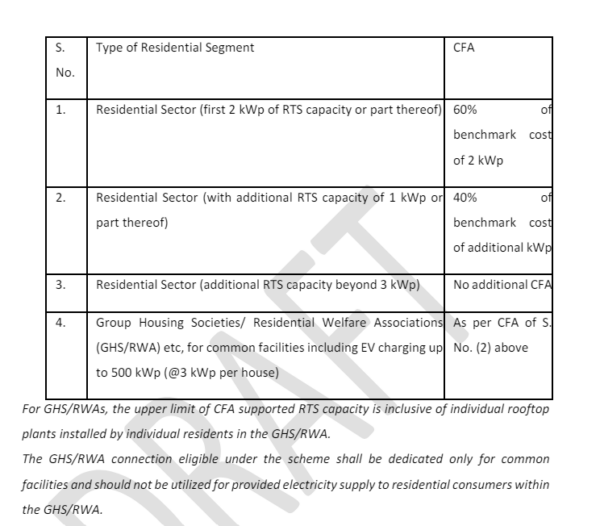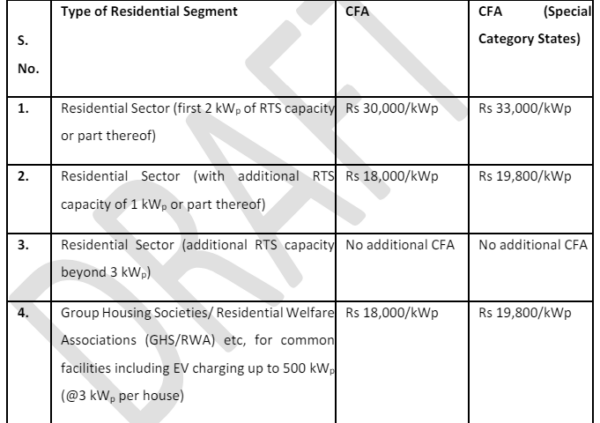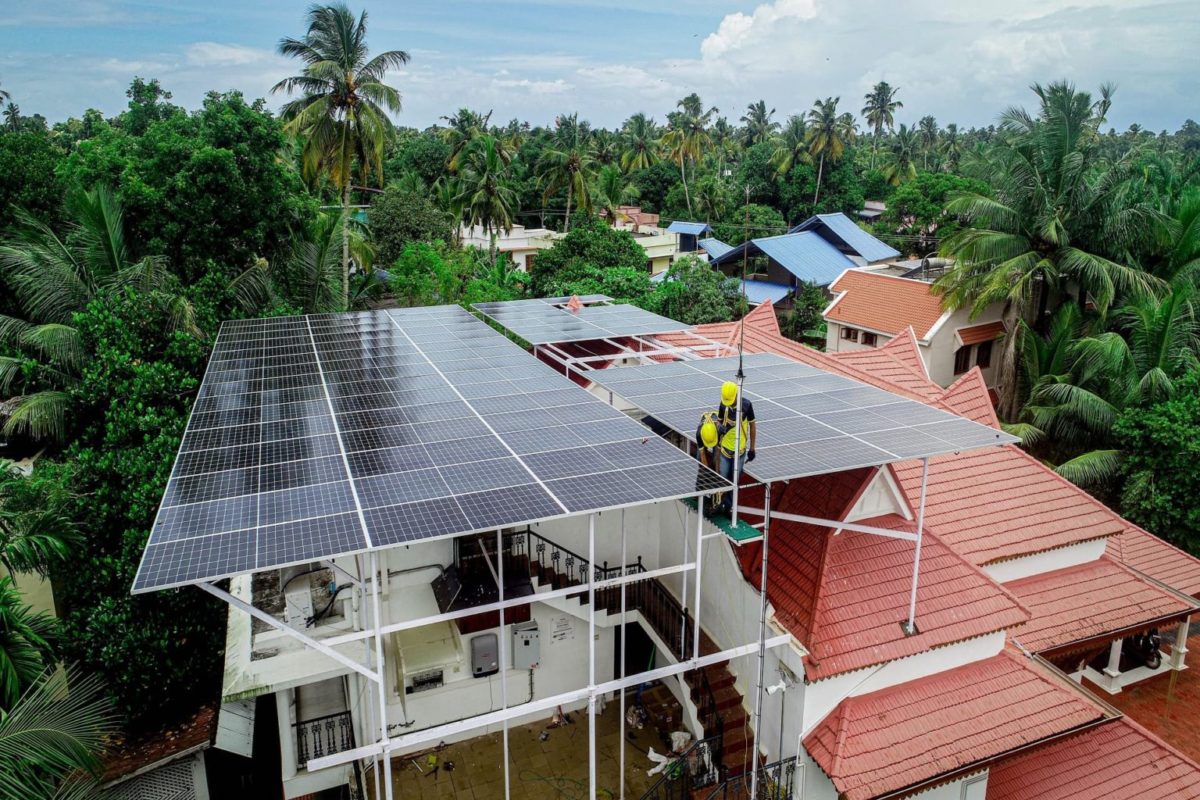From pv magazine India
India's MNRE has released draft guidelines for the PM Surya Ghar: Muft Bijli Yojana scheme, which is designed to support the installation of rooftop solar (RTS) plants in 10 million households with subsidy support from the central government.
The key objective of the scheme is to help provide free or low-cost electricity to 10 million households with up to 300 units of electricity per month by installing rooftop solar. The scheme will be implemented until March 31, 2027.
To ensure that the customers are not overcharged, the MNRE will publish benchmark prices of solar modules, inverters, and other important equipment on the portal every year.
Once the designated vendor installs the RTS system after due approvals, the concerned distribution company (discom) will conduct a physical inspection, sign the necessary agreements with the beneficiary (net meter agreement or otherwise), conduct a checklist-based inspection and approve the discom report.
The scheme will establish minimum technical specifications required for rooftop solar to be considered eligible for the CFA. The CFA will be transferred to the concerned account of the beneficiary.
Popular content
For the purpose of CFA, the residential RTS plant would be a grid-connected solar power system tagged to a particular residential power connection of the local discom and will only include installations on a roof, terrace, balcony, or elevated structure.
Solar modules used in the installation must satisfy India's domestic content requirements. That is, the modules must be domestically manufactured from domestically manufactured cells to be eligible for the CFA.

The benchmark cost for a 1 kW system is fixed at INR 50,000/kW for the first 2 kW of RTS capacity and INR 45,000 for the additional kW with effect from Feb. 13, 2024. The benchmark for special category states or union territories will be INR 55,000 for first 2 kW of RTS capacity and INR 49,500 for the additional kW of RTS capacity.
The CFA for the scheme from the date of initiation (Feb. 13, 2024) is as follows:

The state and union-territory governments may supplement the CFA provided by the central government for the residential sector with an additional subsidy for RTS. However, this will be subject to adherence to all scheme guidelines by the state.
This content is protected by copyright and may not be reused. If you want to cooperate with us and would like to reuse some of our content, please contact: editors@pv-magazine.com.



This is just on paper. In reality a common man does not get any help from discoms. I applied on march 10. Discom has not given feasibility approval yet.
This answer is not true, but depends on what you know and how you get it done. In the last years scheme without giving a penny to Discom I got installed RTF solar system and got subsidy of Rs. 56000/- directly to my bank account within a month of completion of installation.
Adv. Anil Ranade (Dombivli)
It’s due to election. Propoganda only. As for as cost factor — on pmsuryghar toll free the cost is told rs65000 per kilowatt for 2 kilowatt system and rs 60000 per kilowat for 3 kilowatt system. In Kanpur few vendors claiming 55000 per kilowat for 3 kilowatt but giving only 5 panels of 540 kilowat while 3 kilowat on grid invertor resist the power generation of 3.26 kilowat in 3 kilowat. In Kanpur most if the vendors receding money in cash on the name of net metering charges extra or GST extra or civil work – grouting extra like government of India above prices r not clear whether these r including net miter or excluding net metering or GST extra ? Or civil work specially grouting work standard ? In awas vikas kanpur one vendor receivs money for digging of earthing hole. 1 foot or 2 foot kenth and dimension of pillers like – 300 mm or 400 mm square base , if round then what’s minimum dia meter ? No original bills of solar panel and on grid invertir r published on website. Discoms are not supporting . Net feasibility report r coming after 15 to 20 days.